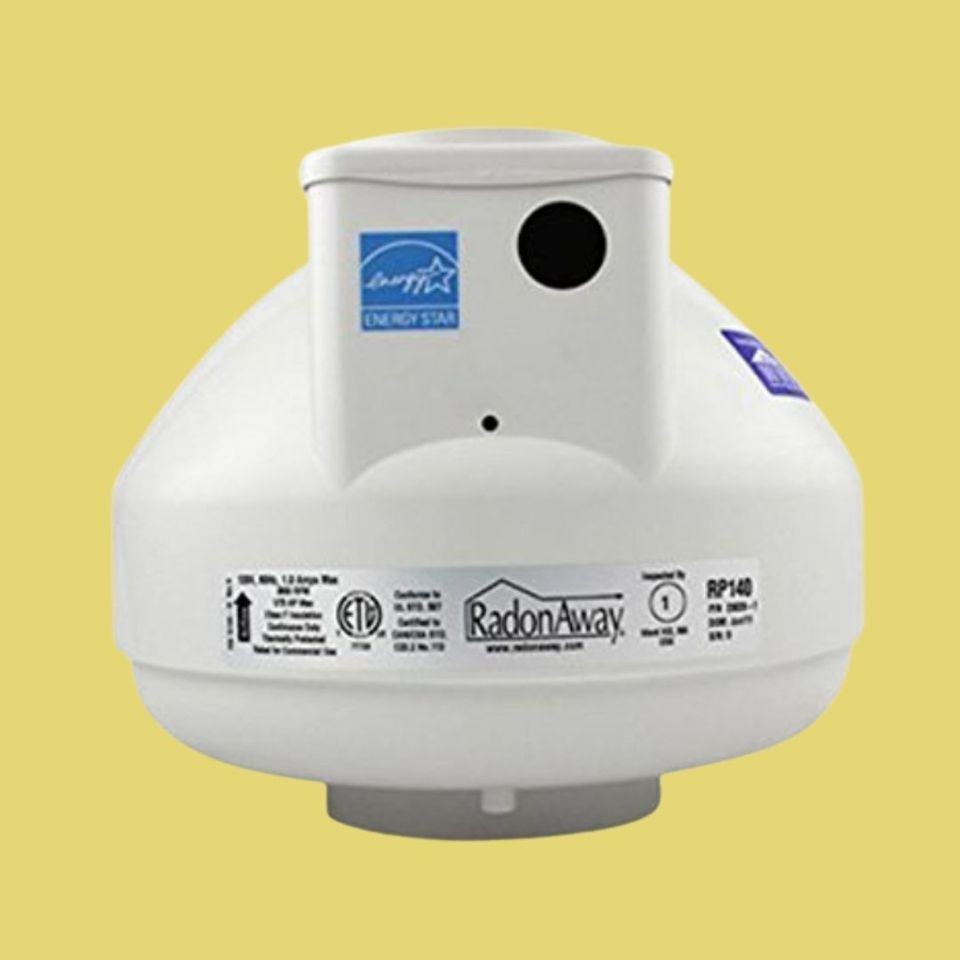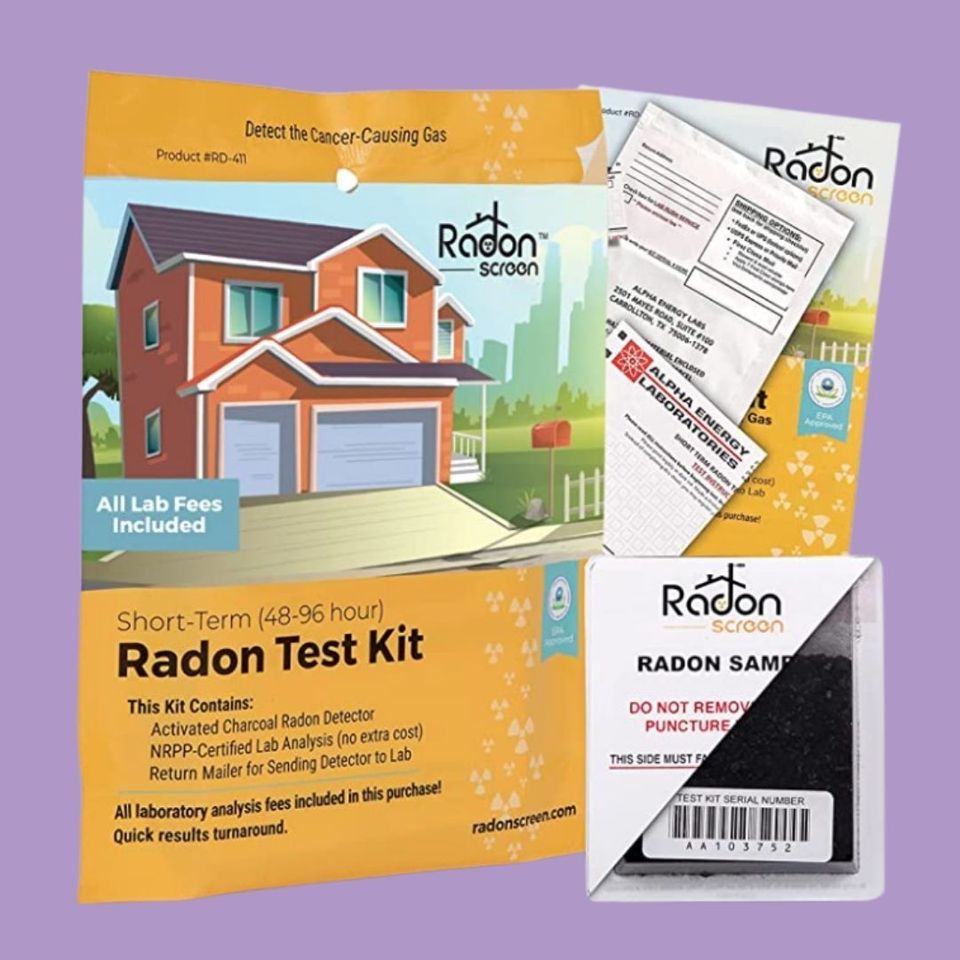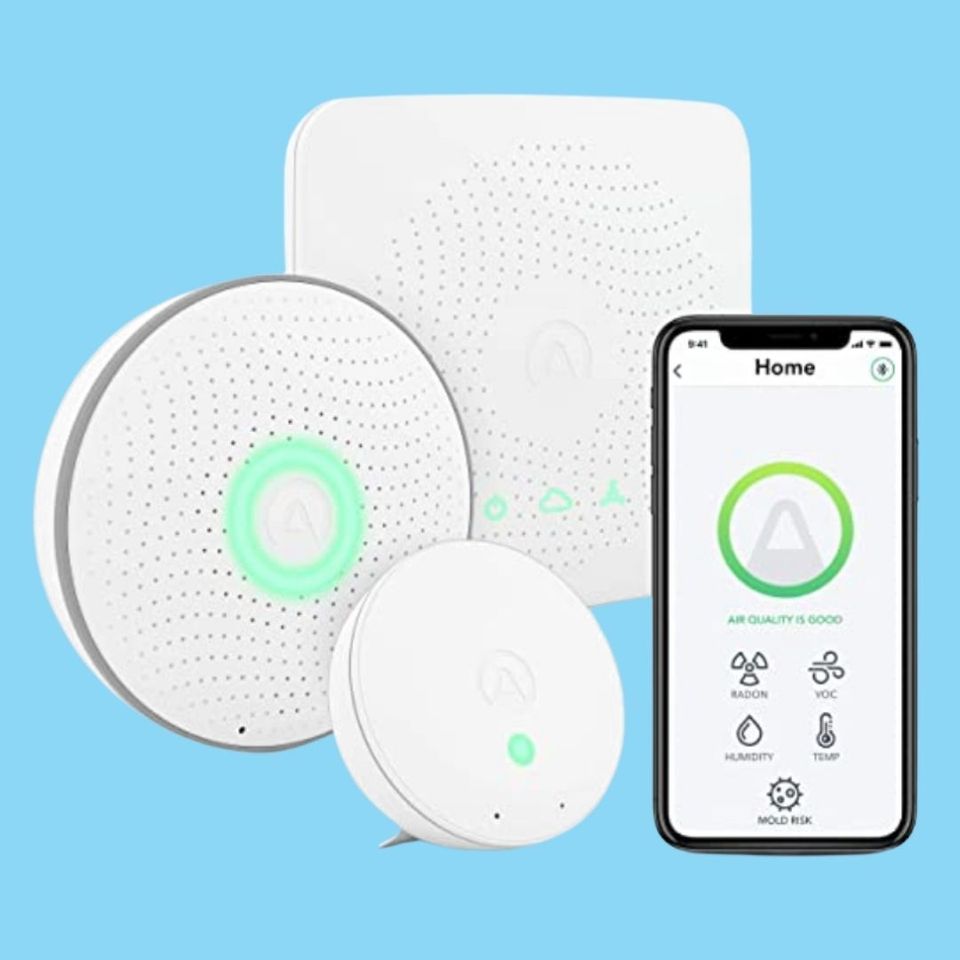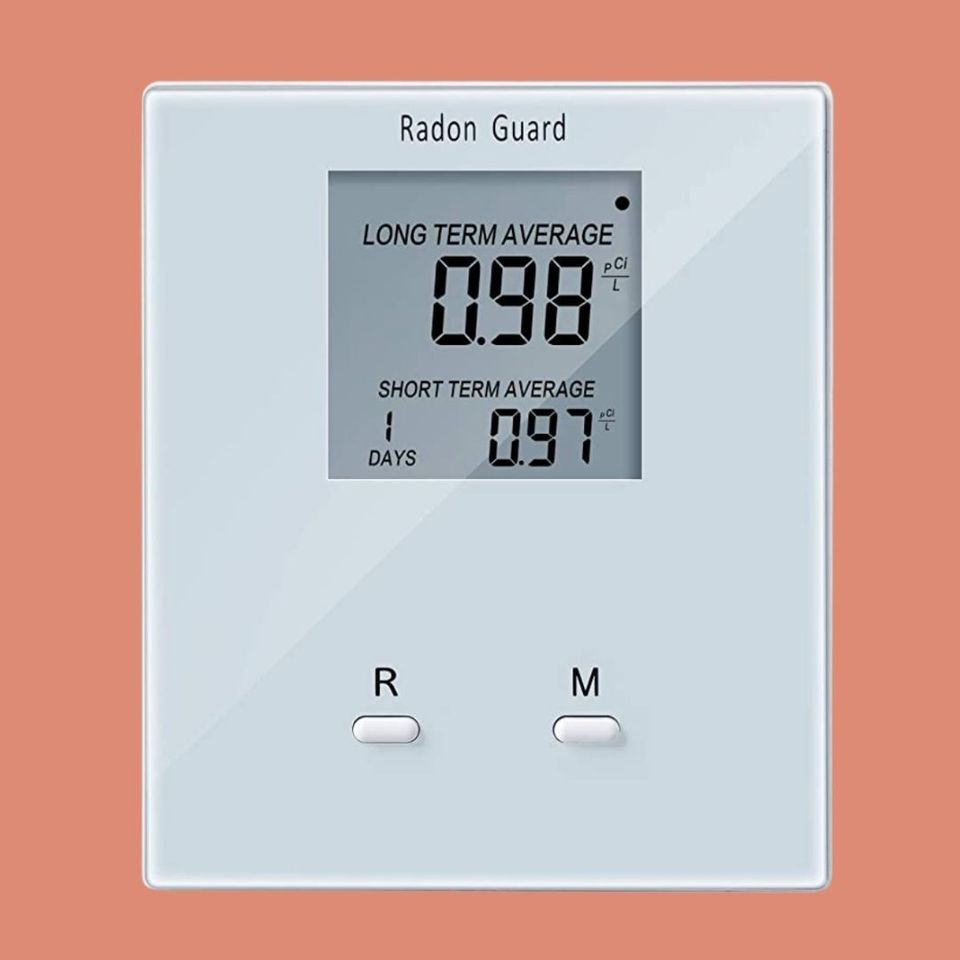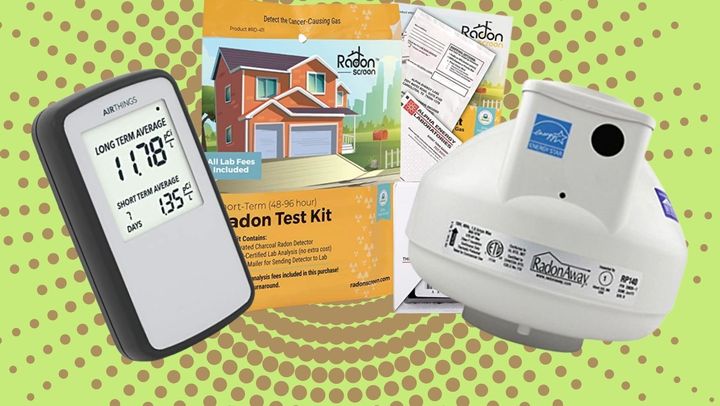
Just the thought of an odorless, tasteless and noiseless gas seeping into your home, silently causing harm to you and your loved ones, is a scary thing. The reality is that radon is responsible for an estimated 21,000 lung cancer deaths annually in the United States.
Indoor radon contamination poses such a significant risk to lung health that it’s actually the second leading cause of lung cancer, said Kevin M. Stewart, director of environmental health, advocacy and public policy with the American Lung Association.
Stewart explained that radon is a radioactive gas that comes from the ground when naturally occurring uranium in rocks and soil breaks down and produces radioactive atoms into the atmosphere.
“Radioactive atoms that are deposited in the lungs [undergo] further decay, creating radiation that harms the tissue lining the lung airways,” he said.
The fact that there are no immediate symptoms to radon exposure until lung cancer has already developed makes it an even more insidious substance that Stewart said can potentially pose a threat to anyone with a set of lungs. However, life-long cigarette smokers are at an even greater risk.
“The only way to know what amounts of radon [you] are exposed to is to test the air where [you] live. Everyone should test for radon, and fix problems when high levels of radon are confirmed,” Stewart said.
Fortunately, radon testing and mitigation is relatively inexpensive and simple to do.
Short- and long-term measurement: Bruce Snead, the radon programs administrator at Kansas State University, said that with kits or digital measuring devices, you can take radon readings from inside your home both for long- and short-term testing.
“Single-use, short-term test kits [provide readings] for two to seven days, and long-term test kits for three months to one year. There are also consumer digital radon monitors which can typically provide one-week averages,” Snead said.
Either form can be useful if you are trying to see how effective your mitigation measures have been.
How to test for radon: Its typically best to take readings from all over the home, especially at the lowest levels such as basements.
“Once initial testing has been performed in the lowest lived-in level of the home or other building under the proper conditions, the test kit is then sent to a laboratory for analysis. Results will then be returned and give the recipient an idea of what levels of radon are present,” Stewart said.
For real estate transactions, it’s best to have an independent third-party testing professional do the testing.
What to do if your home contains radon: For most general cases of elevated radon levels, Stewart recommends mitigating the problem with the help of professionally certified and/or licensed radon mitigation contractors. Mitigation is a simple fix process that prevents radon from coming into the building and is a routine home repair.
Snead added that installing a “fan-powered system that draws out radon from beneath the home and [redirects] it to above the home is the standard and most successful approach to reducing radon.”
To breathe easier and start radon testing in your own home, see the list below for EPA-approved radon detection kits, at-home digital meters and mitigation fans. To access more radon resources in your immediate area, such as state health departments and radon professionals, our experts recommend reaching out to the Environmental Protection Agency and the Lung Association.
HuffPost may receive a share from purchases made via links on this page. Every item is independently selected by the HuffPost Shopping team. Prices and availability are subject to change.
